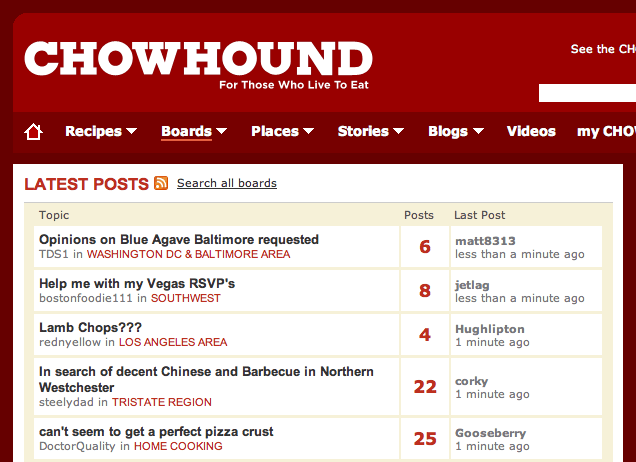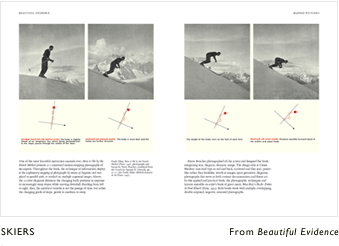October 19th
Great Community Design Talk by Christina Wodtke
Update: Christina has a follow-up to this piece in which she suggests that Facebook is a lot like the next Google.
On Tuesday I had the good fortune to attend an excellent presentation on community design by Christina Wodtke at the DocTrain East Conference in Lowell, MA. Unfortunately, it was the only session I attended (lots of sessions looked good, like Steve Mulder’s talk on Personas), as I got sick Tuesday night and wasn’t able to return.
Here’s the embedded slide deck from Slideshare, but I would recommend downloading the Powerpoint slides as some of the text isn’t legible in the Flash conversion.
Christina’s talk was excellent, and I took a lot of notes. Here are the highlights that really stood out to me. (although, I must say that there was a lot more than I’ve written here)
Continue Reading: Great Community Design Talk by Christina Wodtke



